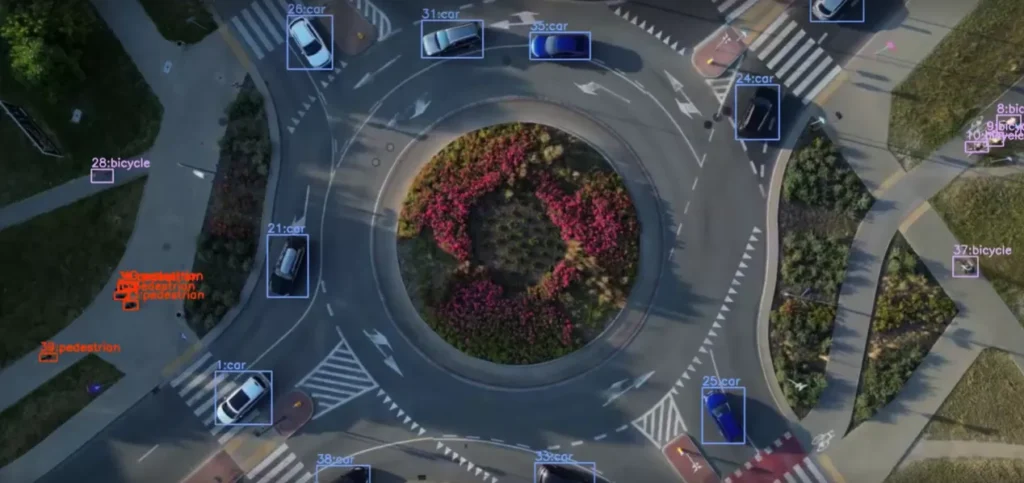

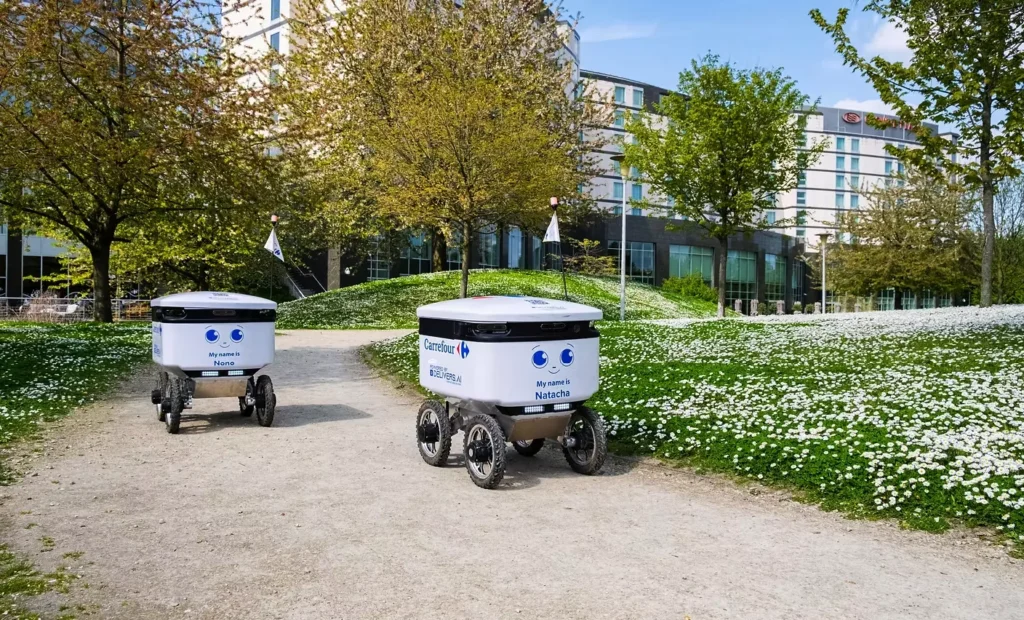
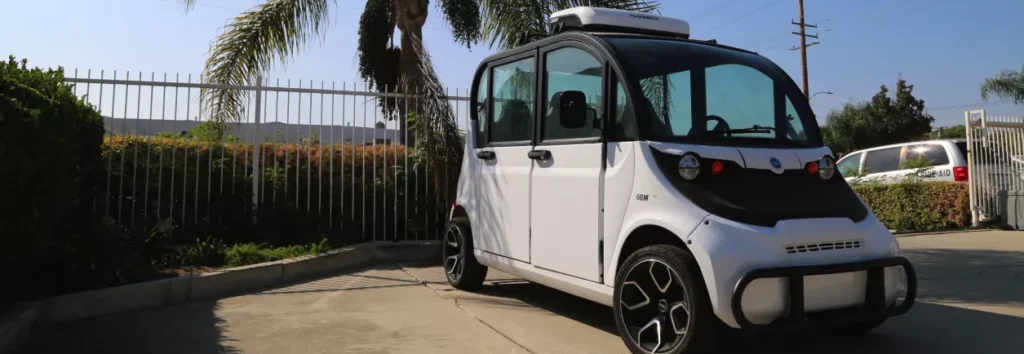
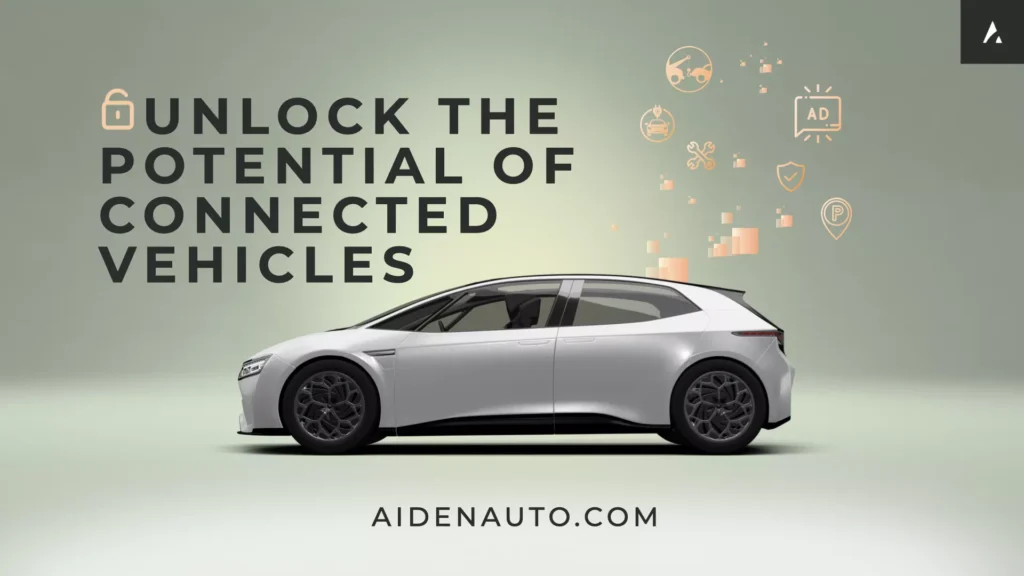





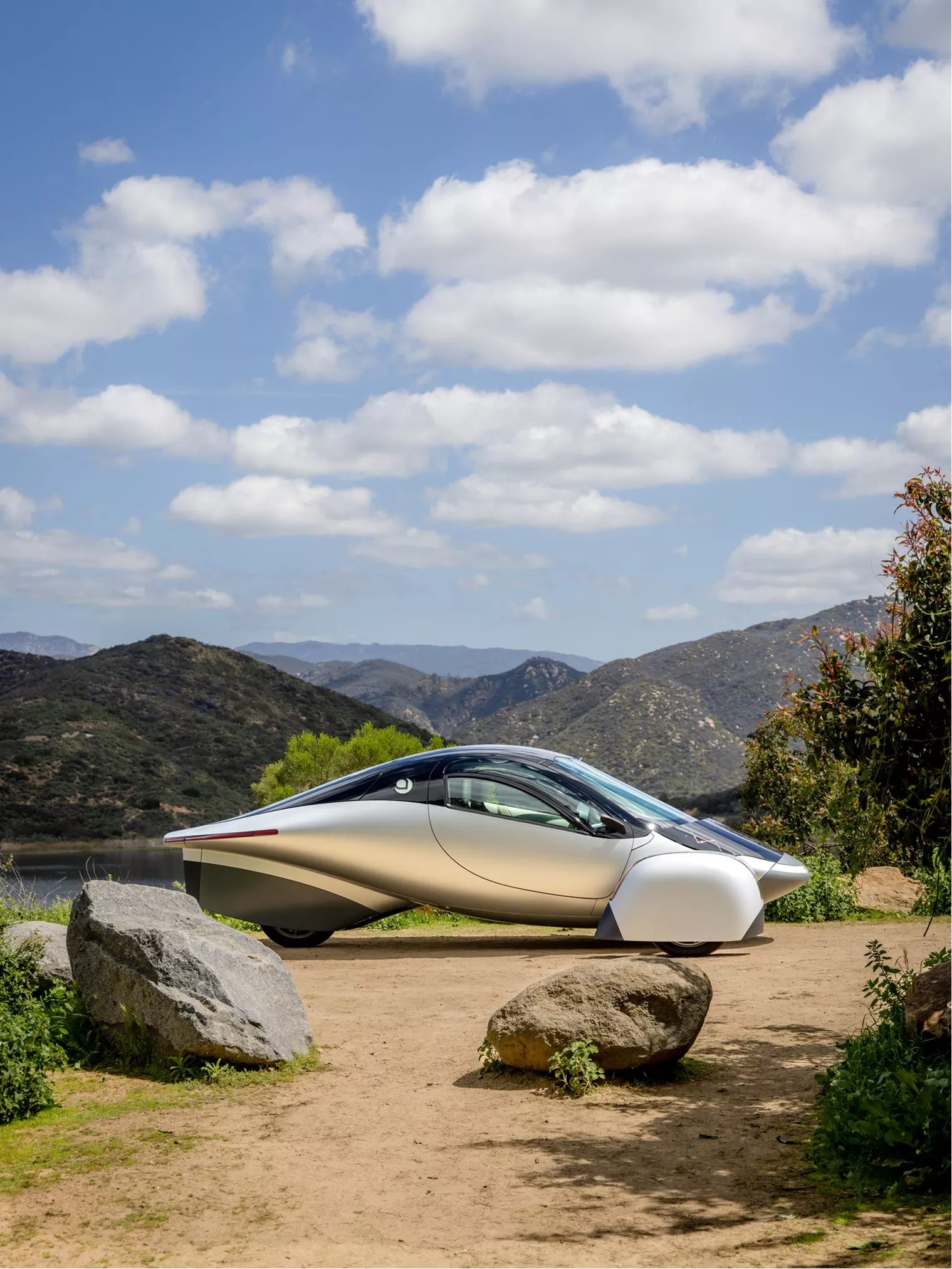
From EVs and batteries to autonomous vehicles and urban transport, we cover what actually matters. Delivered to your inbox weekly.
VinFast affiliate V-Green will install 50,000 charging stations and 63,000 ports across Indonesia starting June 2025. The network will serve VinFast vehicles only. Total investment exceeds US$300 million and includes contributions from regional partners spanning construction, hardware, energy, and distribution.
V-Green will directly fund one-fifth of the stations. The remainder will be developed under business cooperation contracts with Indonesian distributor Amarta Group, Vietnamese firm ChargePoint, construction group CVS, Chinese hardware supplier Chargecore, and Taiwanese location partner eTreego. Chargecore alone will contribute US$30 million in 2025.
The network is already partially active. V-Green has deployed 1,000 stations where charging is currently free for VinFast owners. By the end of the year, installations will scale across urban and intercity routes, with operational infrastructure designed for vehicle rollout continuity.
All stations will be dedicated to VinFast models. Investors receive fixed energy pricing and structured three-year return terms. The asset structure is closed-loop: integrated between vehicle, power source, and commercial agreements. Network control is fully centralized.
VinFast has redirected focus from North America and Europe toward Southeast and South Asia. Its US$1.4 billion U.S. factory has been deferred to 2028. Production capacity is now being built in India and Indonesia. Charging infrastructure is being deployed in parallel with local vehicle manufacturing and sales activation.
V-Green is constructing the underlying energy system required to support VinFast’s regional volume strategy. Hardware deployment, investment structure, and operational coverage are being scaled in advance of mass vehicle delivery. Each station is positioned to secure territory, ensure charging access, and reduce reliance on external grid services.
VinFast is not adapting to Indonesia’s infrastructure. It is building its own network to match vehicle targets and capital timelines. The charging footprint defines the growth perimeter.